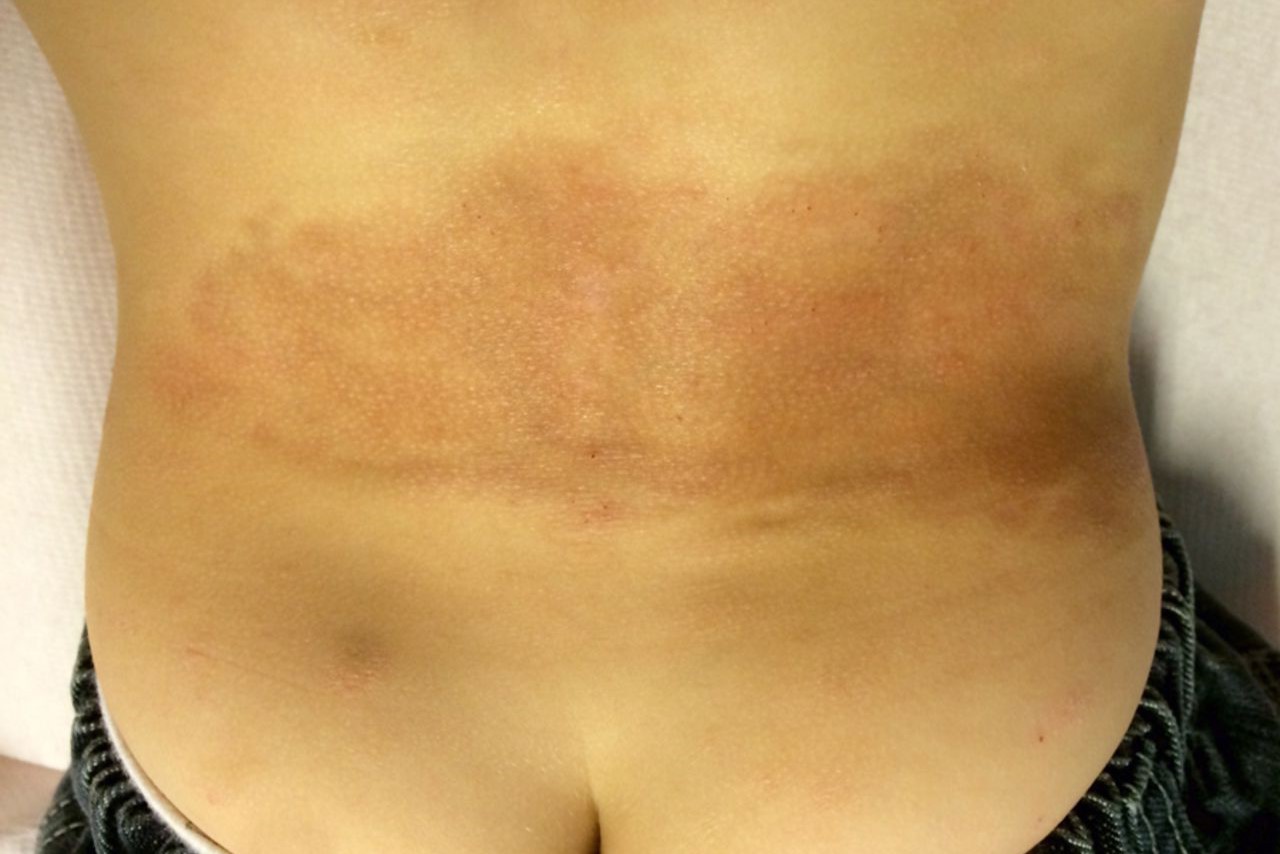
Atopic Keratoconjunctivitis (AKC) is a chronic eye condition that can seriously impact your vision if not managed properly. It primarily affects individuals with atopic dermatitis, causing severe itching, redness, and inflammation in both eyes. Imagine dealing with constant eye discomfort and the risk of vision loss—AKC makes this a reality for many. This condition is relatively rare, affecting 1-5 per 10,000 people, but its effects can be profound. Understanding AKC is crucial for those affected and their families. Let's dive into 30 essential facts about this challenging condition, from symptoms and diagnosis to treatment and management.
Understanding Atopic Keratoconjunctivitis
Atopic keratoconjunctivitis (AKC) is a chronic eye condition that can significantly impact one's quality of life. It often affects individuals with atopic dermatitis and can lead to severe complications if not managed properly. Here are some essential facts to help you understand this condition better.
-
Definition: AKC is a chronic, non-infectious inflammatory disease of the cornea and conjunctiva, often linked to atopic dermatitis.
-
Prevalence: The incidence of AKC is estimated to be between 1-5 per 10,000 individuals, making it relatively rare.
-
Age of Onset: AKC typically presents in individuals between their late teenage years and the fifth decade of life, though it can occur at any age.
-
Bilateral Involvement: This condition affects both eyes, although the severity can differ between the two.
Symptoms and Associated Conditions
Recognizing the symptoms and understanding the associated conditions can help in early diagnosis and management of AKC.
-
Symptoms: Intense, bilateral itching of the conjunctiva, eyelids, and periorbital skin are primary symptoms. Other common symptoms include tearing, burning, photophobia, and blurry vision.
-
Associated Conditions: Atopic dermatitis is present in 95% of AKC cases, and asthma is present in 87% of cases. A family history of atopic diseases is also a significant risk factor.
Pathophysiology and Corneal Involvement
The underlying mechanisms and corneal involvement play a crucial role in the progression and complications of AKC.
-
Pathophysiology: AKC involves a combination of genetic predisposition and immune dysregulation, including type I (IgE-mediated) and type IV delayed hypersensitivity reactions.
-
Corneal Involvement: Corneal involvement is frequent and can range from punctate epithelial erosions to ulcers and even perforation. Peripheral vascularization and pannus are common complications.
Conjunctival and Eyelid Manifestations
The conjunctiva and eyelids often show significant changes in AKC, contributing to the overall discomfort and complications.
-
Conjunctival Involvement: The conjunctiva is hyperemic and edematous, with prominent tarsal papillae. Mucoid discharge is often present, and severe conjunctival disease can result in scarring and symblepharon.
-
Eyelid Manifestations: Eyelid issues include hypertrophy, crusting, cicatrization, ectropion, and madarosis. Meibomian gland disease is very common in patients with AKC.
Complications and Risk Factors
Understanding the complications and risk factors can help in better management and prevention of severe outcomes.
-
Posterior Subcapsular Cataracts: These cataracts are a common complication in AKC patients, further exacerbating vision loss.
-
Risk Factors: Genetic predisposition, immune dysregulation, and environmental factors contribute to AKC development. A family history of atopic diseases significantly increases the risk.
Diagnosis and Treatment
Accurate diagnosis and effective treatment are crucial for managing AKC and preventing complications.
-
Diagnosis: The diagnosis of AKC is largely clinical, relying on history and exam findings. A family history of allergies, asthma, urticaria, and/or hay fever is often present.
-
Diagnostic Criteria: Intense itching, conjunctival injection, photophobia, and edema support the diagnosis. Corneal involvement such as punctate epithelial erosions, ulcers, and vascularization also supports the diagnosis.
-
Treatment Options: Treatment includes mast cell inhibitors, antihistamines, corticosteroids, and calcineurin inhibitors. Topical tacrolimus is a good option for severe AKC with associated atopic dermatitis.
Management and Importance of Prompt Treatment
Effective management and prompt treatment are essential to prevent permanent vision loss and improve quality of life.
-
Management of Atopic Dermatitis: Managing atopic dermatitis in conjunction with AKC is crucial. Topical corticosteroids and immunomodulators like tacrolimus can control dermatitis, helping manage ocular symptoms.
-
Importance of Prompt Treatment: Prompt and effective treatment is essential to prevent permanent vision loss. Corneal scarring and neovascularization from persistent inflammation can occur if not managed promptly.
Seasonal Exacerbations and Family History
Seasonal changes and family history play a significant role in the presentation and management of AKC.
-
Seasonal Exacerbations: While AKC can present with seasonal exacerbations, symptoms are often chronic and persistent throughout the year, making long-term management essential.
-
Family History: A family history of atopic diseases significantly increases the risk of developing AKC, suggesting a genetic component to the disease.
Genetic Predisposition and Immune Dysregulation
The genetic and immune factors involved in AKC contribute to its chronic nature and complexity.
-
Genetic Predisposition: Multiple genetic factors contribute to the immune dysregulation seen in AKC. Specific genetic markers have been identified, but the exact mechanisms are still being researched.
-
Immune Dysregulation: Both type I and type IV hypersensitivity reactions are involved. The release of cytokines by various immune cells contributes to chronic inflammation.
Cytokine Release and Conjunctival Goblet Cell Density
The role of cytokines and changes in conjunctival goblet cells are critical in understanding the symptoms and progression of AKC.
-
Cytokine Release: Cytokines such as IL-4, IL-5, and IL-13 released by mast cells, eosinophils, T cells, and conjunctival epithelial cells play a crucial role in the pathogenesis of AKC.
-
Conjunctival Goblet Cell Density: Patients with AKC have decreased conjunctival goblet cell density compared to controls, contributing to the mucoid discharge seen in AKC.
Tear Inflammatory Cytokines and Corneal Sensitivity
Inflammatory changes in tears and corneal sensitivity are significant factors in the chronic symptoms of AKC.
-
Tear Inflammatory Cytokines: Elevated inflammatory cytokines and chemokines in the tears of AKC patients contribute to chronic ocular surface disease.
-
Corneal Sensitivity: AKC patients have decreased corneal sensitivity compared to controls, leading to delayed healing of corneal injuries and increased susceptibility to infections.
Symblepharon and Corneal Ulcers
Severe complications like symblepharon and corneal ulcers highlight the importance of vigilant management in AKC.
-
Symblepharon: An adhesion of the palpebral conjunctiva to the bulbar conjunctiva occurs in approximately 20% of AKC cases, leading to further complications such as corneal scarring and vision loss.
-
Corneal Ulcers and Erosions: More common in AKC due to poor epithelial adhesion, these ulcers can predispose to infectious keratitis, permanently scarring the corneal stroma or leading to corneal perforation.
Management Challenges and Quality of Life Impact
Managing AKC can be challenging due to its chronic nature and potential for severe complications. The impact on quality of life is significant.
-
Management Challenges: Managing AKC can be challenging due to its chronic nature and potential for severe complications. A multidisciplinary approach involving ophthalmologists, dermatologists, and other healthcare professionals is often necessary.
-
Quality of Life Impact: AKC significantly impacts the quality of life for affected individuals. Chronic symptoms and potential complications can lead to significant discomfort and disability.
-
Comprehensive Approach: A comprehensive approach involving both ophthalmological and dermatological management is crucial for managing this chronic condition effectively.
Final Thoughts on Atopic Keratoconjunctivitis
Atopic keratoconjunctivitis (AKC) is a serious eye condition linked to atopic dermatitis. It causes intense itching, redness, and potential vision loss. AKC typically affects both eyes and can lead to complications like cataracts and corneal ulcers. Managing AKC involves a mix of treatments, including mast cell inhibitors, antihistamines, and corticosteroids. Prompt treatment is crucial to prevent permanent damage. Genetic factors and immune dysregulation play significant roles in its development. AKC impacts quality of life, making effective management essential. Understanding the symptoms, risk factors, and treatment options can help those affected navigate this challenging condition. Regular check-ups with healthcare professionals are vital for maintaining eye health and preventing complications.
Was this page helpful?
Our commitment to delivering trustworthy and engaging content is at the heart of what we do. Each fact on our site is contributed by real users like you, bringing a wealth of diverse insights and information. To ensure the highest standards of accuracy and reliability, our dedicated editors meticulously review each submission. This process guarantees that the facts we share are not only fascinating but also credible. Trust in our commitment to quality and authenticity as you explore and learn with us.


